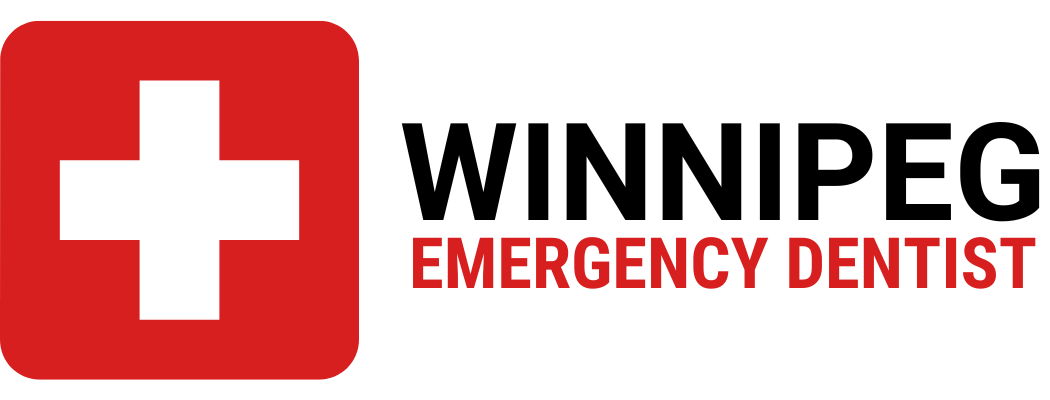Returning to Regular Meals: When to Eat Solid Foods After Wisdom Teeth Removal
Published February 15, 2024
If you’re like me, you’ve probably wondered when you can get back to your favorite foods after having your wisdom teeth removed. It’s a common question, and the answer isn’t as straightforward as you might think.
The timeline for returning to regular food after wisdom teeth removal varies from person to person. It largely depends on the complexity of the extraction and your body’s healing process.
In this article, I’ll provide some general guidelines on when you can expect to resume your normal diet. Remember, it’s always best to follow your dentist’s advice for a speedy and complication-free recovery.
Factors affecting the timeline for eating regular food
It’s crucial to understand that no two wisdom tooth extractions are the same, and thus, the timeline for transitioning back to regular food varies.
First off, the complexity of the extraction plays a pivotal role. Simple extractions often allow for a return to regular food in around a week. On the other hand, impacted wisdom teeth, which require surgical removal, could prolong the recovery and the subsequent dietary shift.
Another impacting factor is your body’s healing abilities. Everyone’s body responds differently to trauma. Some might bounce back in a few days, while others may take weeks to fully recover. And this remarkable variation largely influences when you can shift back to your regular diet.
Your dental hygiene practices also come into play here. Keeping the extraction site clean and following a proper oral hygiene routine helps prevent infection, reducing recovery time and accelerating the return to normal food.
On the table below are the tentative timelines based on complexity and hygiene points:
| Factors | Recovery Time |
|---|---|
| Simple extraction | One week |
| Impacted teeth | Several weeks |
| Good oral hygiene | Quicker recovery |
Lastly, keep in mind that the dentist’s aftercare recommendations are your roadmap to a quick recovery. They’ll provide personalized advice based on your oral health and extracted teeth. It’s in your best interest to heed their advice.
Remember, rushing to eat regular food may lead to serious complications like dry socket, infection, or prolonged healing. Patience is the name of the game while transitioning back to your usual dietary routine after wisdom teeth removal.
Immediate post-surgery diet
Understanding the initial stages of recovery from your wisdom teeth extraction is key. Right after surgery, you’ll need to adhere to a very specific diet. This isn’t just about comfort – it’s about ensuring optimal healing for your oral health.
It’s inevitable that your mouth will feel sore and swollen. This first stage may last up to 72 hours post-surgery, making it quite uncomfortable to chew on anything substantial. Therefore, I recommend a liquid diet during this time. This includes:
- Broths
- Protein shakes
- Water
- Smoothies without seeds
These are both nourishing and gentle on your oral wounds. Soup, for example, is a great option because it provides essential nutrients without necessitating chewing.
Afterwards, I’d state you move to the next dietary phase once swelling and discomfort begin to subside. This generally occurs roughly three to four days post-surgery. I’ve seen patients transition to a soft food diet. You’ll want to aim for foods that require minimal chewing such as:
- Mashed potatoes
- Scrambled eggs
- Yogurt
- Rice
However, ensure you don’t rush this transition. Patience is crucial during this stage to prevent unnecessary complications. These may entail dislodging the blood clot that forms in the socket where your tooth was removed, leading to a painful condition known as dry socket.
Welcome your recovery process with an attitude of care and the right nourishment, and you’ll be on the right track. The harder foods can wait a little while. In the meantime, it’s about focusing on recovery and diligently following your dentist’s aftercare advice.
Soft food stage
Once the first 72 hours post-surgery are over, it’s time to navigate into the soft food stage. While the swelling and discomfort have started to recede, your boisterous biting days are still a future delight. This stage is crucial to the recovery process. We can’t stress enough the necessity of transitioning to slightly more textured food items with caution! Take it slow, let your body dictate the pace.
During this stage, I recommend choosing soft, easy-to-chew foods that do not require much effort. Punctilious picks for this period include mashed potatoes, scrambled eggs, yogurt, rice, pasta, and smoothie bowls. You may also add soft fruits like bananas and canned peaches to this list.
Any food that can be easily mashed with a fork is generally a safe option during the soft food stage. This could be your culinary palate’s one-way ticket to playing with various flavors during recovering time!
Below is a list of some soft food items that don’t raise eyebrows in the recovery arena:
- Mashed potatoes
- Scrambled eggs
- Yogurt
- Rice
- Pasta
- Smoothie bowls
- Banana
- Canned peaches
Remember that it’s essential to maintain good oral hygiene to promote optimal healing. Rinse your mouth with warm salt water after meals can help keep the surgical area clean.
It’s also crucial not to skip meals. Now, the quantity may fluctuate based on your pain threshold, but it’s important to ensure that regular, balanced nutrition is maintained to support the healing process. A mishap in this stage could steer you towards unpleasant complications, like a dry socket, which is a painful condition that we want to avoid at all cost.
While these recommendations serve as a general guideline, they can vary based on individual experiences. Hence, it’s important to closely adhere to your dentist’s aftercare instructions specific to your case. After this stage, you may find yourself inching closer to a diet resembling more of your normal routine. Yet, it’s still important to be patient and not rush things.
Gradual transition to regular food
After closely following the recommended liquid diet for the first 72 hours post-surgery, you should gradually start incorporating soft foods into your meals. It’s essential to listen to your body and not rush the process. Eating harder foods can disrupt the healing process, and may lead to complications like dry socket.
In the first week, it’s smart to continue with soups, smoothies, and broths, but now you can also add foods such as mashed potatoes or scrambled eggs to your plate. These protein-rich, easy-to-chew foods are particularly beneficial, they provide the necessary nutrients for a successful recovery.
You may ask – when can we elevate to somewhat harder foods? The answer would be – usually within the second week. By this time, the healing process should have advanced enough to handle foods like rice, pasta, or even soft bread. Remember, avoiding spicy and hard-to-chew foods is still crucial at this stage. It’s important to chew food on the side opposite the extraction site to avoid any problems.
The transition to regular food often occurs around the third or fourth week post-extraction. At this point, you can start eating harder foods like chicken, vegetable stir fry, or fruit. Always remember to cut food into small pieces and chew slowly.
Following is a rough guide to illustrate the transition to regular food:
| Stage | Foods |
|---|---|
| Week 1 | Soups, Smoothies, Broths, Mashed Potatoes, Scrambled Eggs |
| Week 2 | Combo of Week 1 Foods and Rice, Pasta, Soft Bread |
| Week 3 and Beyond | Greater Variety of Foods, Including Meat and Vegetables |
Proper dental hygiene still remains unquestionably vital during this stage. Regular brushing and using antimicrobial mouthwash will reduce the risk of infections, and subsequently, a quicker return to normalcy.
Despite every precaution we take, it’s normal to experience some discomfort during this transition. If pain intensifies or lasts more than a few days, promptly reaching out to your dentist can help nip potential issues. Remember that everyone’s healing process is different, so there’s no need to compare your progress to others.
Though the transition may feel seemingly slow, look forward to the fact that day by day, you’re inching closer to enjoying your favorite foods once again.
Signs that you can start eating regular food
Understanding when to reintroduce normal food into your diet post wisdom teeth removal is vital. There are several key signs that your body is ready to transition from a liquid or soft food diet back to your regular eating habits.
One of the primary signals you can look out for is a decrease in swelling. Post-operative swelling typically peaks 24 to 72 hours after the procedure. This swelling gradually subsides, and with it, general discomfort decreases. If you’re finding it easier to open your mouth or talk without feeling much pain, it’s a good sign that your body is healing.
Remember, everyone’s body heals at its own pace. Some people have remarkably quick recovery times, while others may take a bit longer. As your mouth heals, the soreness and discomfort should lessen. Less pain is another indication that you’re ready to gradually introduce more solid foods. However, it’s essential to listen to your body and not rush this process.
Adding to that is the absence of bleeding. When the surgical wound is no longer bleeding and it feels like the clot is secure, you can consider venturing into more solid food. In the initial recovery period, the extraction site needs special care. Make sure not to disturb the clot, as it plays a fundamental role in your healing process.
An improvement in your overall mouth comfort is another positive sign. If you’re able to brush your teeth without significant discomfort or rinse your mouth easily, you’re making great progress towards eating regular food again.
Here’s how you can summarize these signs of progress:
| Indication | Description |
|---|---|
| Decreased swelling | Easier to open mouth or talk without much pain |
| Less pain | Soreness and discomfort are lessening |
| No bleeding | The surgical wound is closed and clot is secure |
| Comfortable mouth | Can brush teeth and rinse mouth easily |
Remember, timing is not the same for everyone. Always check with your dentist or oral surgeon before making any significant changes to your prescribed diet. Ultimately, the key is to carefully listen to your body and respond to its signals.
Conclusion
So, there’s no one-size-fits-all answer to when you can munch on your favorite foods again after wisdom teeth removal. Your body’s healing process, the complexity of the extraction, and your oral hygiene habits all play a role. While some might be enjoying a steak in a week, others might need a few more weeks of soft foods. It’s crucial to pay attention to your body’s signals. Decreased swelling, less pain, and more comfort in your mouth are good signs that you’re ready for solid foods. But remember, don’t rush it. Always consult your dentist or oral surgeon before making any big changes to your diet. After all, it’s better to be safe than sorry when it comes to your oral health.

